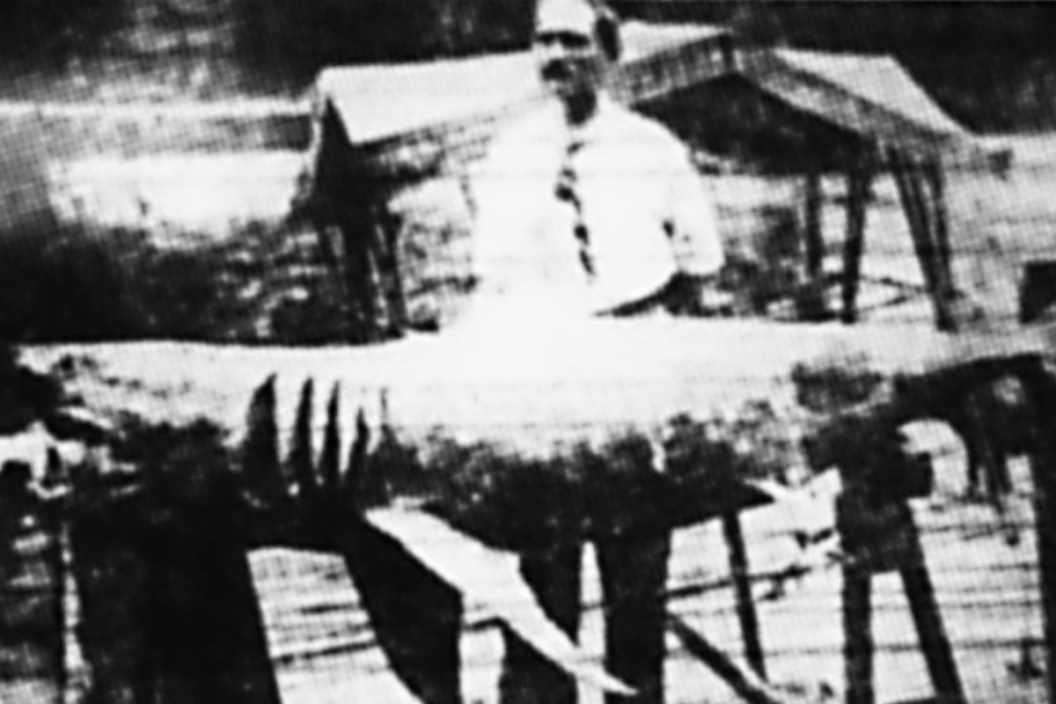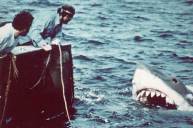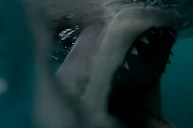These are some of the most famous shark attacks ever.
Human beings have always been both fascinated with water, but they've always been terrified of sharks. In 1975, that fear intensified when the movie "Jaws" was came out. Despite evidence that shows humans are more dangerous to sharks than they are to us, this fear persists.
It's probably because some shark attacks are just more notable than others. Today, we're highlighting some of these attacks.
These are five of the most gruesome and famous shark attacks in human history.
Rodney Fox, 1963
A great white shark attacked Rodney Fox while he was participating in an Australian spearfishing tournament Dec. 8, 1963. He was just about to spear his next fish when the shark attacked and took his whole torso in its huge mouth. He gouged at the shark's eyes to get it to release its grip, but it still came back after him. He tried to shove it away, but his hand ended up in its mouth.
Fortunately for Fox, the shark became distracted by a line of his catch. Because the line was still attached to Fox, he nearly drowned when the shark headed under again. In an unbelievable stroke of luck, the line snapped and he was able to get back to the surface.
This is probably the most gruesome attack anyone has ever been through and lived to tell the tale. Fox suffered massive blood loss. It took 462 stitches to seal his wounds! The shark's big teeth punctured one of his lungs and his diaphragm. His abdomen was ripped open and internal organs were actually exposed. Photos of the bite marks on his body can be seen in shark books everywhere. It is arguably the most famous attack to ever happen in Australia.
He also suffered some serious lacerations on his hand when he attempted to push the shark away. To this day, over 50 years later, he still has a piece of the shark's tooth embedded in his hand.
Surprisingly, Fox doesn't hate sharks. In fact, he's been a champion of their conservation ever since. He even helped develop the first shark cage and helped popularize the sport of cage diving. He's even written a book on the subject and taken part in numerous documentaries in his attempts to help people get over their fears of these ocean predators. Although he's only been in the water a handful of times since the attack. Can you really blame him?
Bethany Hamilton, 2003
One October morning in 2003, 13-year-old surfer Bethany Hamilton was just trying to catch some waves with a friend on a Kauai beach in Hawaii. While she was lying on her board, a tiger shark suddenly came up from below and bit her left arm clean off just below the shoulder.
Fortunately, her friends were able to get her out of the water and to a hospital. Despite suffering a horrific 60-percent blood loss, she survived. The attack made worldwide headlines, and undoubtedly helped by the unbelievable photos of her surfboard with a huge, perfect semi-circular bite mark taken out of it. The story instantly made worldwide headlines and had many Hawaiians nervous to enter the water.
Fishermen later hauled a 14-foot tiger shark out of the water nearby that was found to have pieces of Hamilton's surf board still in its mouth. Many believe the shark may have mistaken her for a sea turtle because there were many in the area at the time. Despite the attack, Bethany got back in the water only about a month after the attack. She had to learn how to surf all over again with only her right hand and arm to balance, but she has continued to compete over the years, winning numerous competitions and titles.
Years after the attack, Hamilton has tried to distance herself from the reputation as "the shark attack survivor." She even turned down a guest spot in one of the "Sharknado" movies. Considering the fact they made her story into a movie called "Soul Surfer," that distinction likely isn't going away for her any time soon. This is probably the most famous unprovoked shark attack in Hawaii's history.
The Jersey Shore Attacks of 1916
These attacks are supposedly the ones that inspired the movie Jaws. World War I was in full swing when over the course of four days in July 1916, a different kind of horror came to the New Jersey coastline. Five people were bitten and four of those were fatal shark attacks.
The first fatal attack was on Charles Vansant on July 1. The 25-year-old went out for a quick swim before dinner but quickly found his legs in the mouth of a massive shark. A lifeguard and bystander pulled Vansant back to the beach, but the shark had done massive damage to Vansant's legs. He bled to death. Witnesses on the scene said the aggressive shark actually tried to follow the rescuers to shore.
Six days later and 45 miles to the north in Spring Lake, New Jersey, the next attack happened. This time it was 27-year-old Charles Bruder who had his legs bitten off by a shark while Bruder swam 130 yards offshore. Lifeguards came to his rescue, but there was nothing they could do. Bruder died of excessive blood loss on the way back to the beach.
The Jersey Shore attacks reached a sudden and horrific conclusion even further north in Keyport, New Jersey, six days later on July 12. On this day, 11-year-old Lester Stilwell and several friends were playing and swimming in Matawan Creek miles away from the ocean when a large shark that had wandered upstream pulled Lester underwater.
The rest of the boys went for help and returned with several locals including 24-year-old Watson Stanley Fisher. The men dove in and quickly found Lester's body. While trying to bring it to shore, Fisher suffered a bit in the thigh right in front of a shocked crowd of people on the shore. The bite was severe enough that he later bled to death.
Residents of the area were still reeling from what had just happened to them when the shark began making its way back to the ocean. Along the way, it attacked 14-year-old Joseph Dunn just a half hour later. Although he suffered extreme bites in the attack, Dunn was the only person to survive the notorious Jersey shore attacks. One witness who reported a sighting of the shark as it swam back to the ocean described it as a massive creature. The incident sent shockwaves up and down the coasts from New York, all the way to Florida, making many people who previously never thought about the predators fearful of shark bites.
Shortly after the attack, an 8-foot long great white shark was caught nearby and 15 pounds of what was believed to be human flesh was allegedly found in its stomach. This particular shark quickly got the blame for all five attacks. But, scientists today tend to believe the number of sharks involved was higher. It is likely more than one shark bit the victims rather than a single rouge like in the movies. It's also believed the species of shark was wrong. It is likely the creek attacks were the work of a bull shark because they have a tendency to wander into freshwater once in a while. This isn't like a great white shark.
Whatever the case may be, the attacks quickly became the most famous in U.S. history and the subject of a great deal of shark research. They have been endlessly analyzed and even re-enacted during National
The U.S.S. Indianapolis Incident, 1945
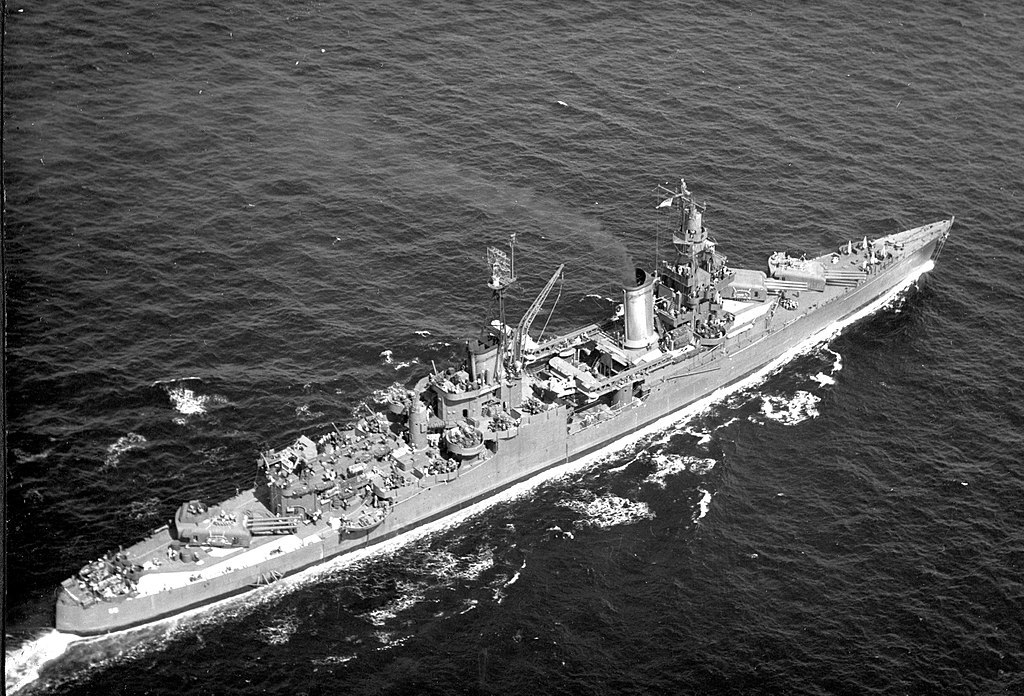
Wikimedia Commons: Author Unknown
The Jersey shore attacks would likely be the most horrific shark attacks in human history if not for the sinking of the heavy cruiser U.S.S. Indianapolis on July 30, 1945.
The Indianapolis, of course, had famously just delivered pieces of the atomic bomb the U.S. later used in Hiroshima, Japan, to end World War II. On its way back to the Philipines, the Japanese torpedoed the Indianapolis, sinking the ship sank in only 12 minutes. There were nearly 1,200 sailors on board at the time and some 900 of them made it into the water.
But the horror of surviving the sinking gave way to a new one as the men quickly began dying due to exposure to the elements and shark attacks. For four days, the survivors did everything they could to fend off the sharks as they fed on the bodies of the dead.
The sharks also ate some sailors alive, although no one knows exactly how many. Only 316 of the 1,195 crewmen survived the horrific ordeal. Today, scientists believe oceanic whitetip sharks were responsible for most of the attacks, although they also believed a tiger shark or two may have been present.
While the incident was always famous, the role of the sharks in the disaster became even more famous in "Jaws," when Robert Shaw tells a chilling, albeit slightly fictionalized account of the sinking.
Robert Pamperin, 1959
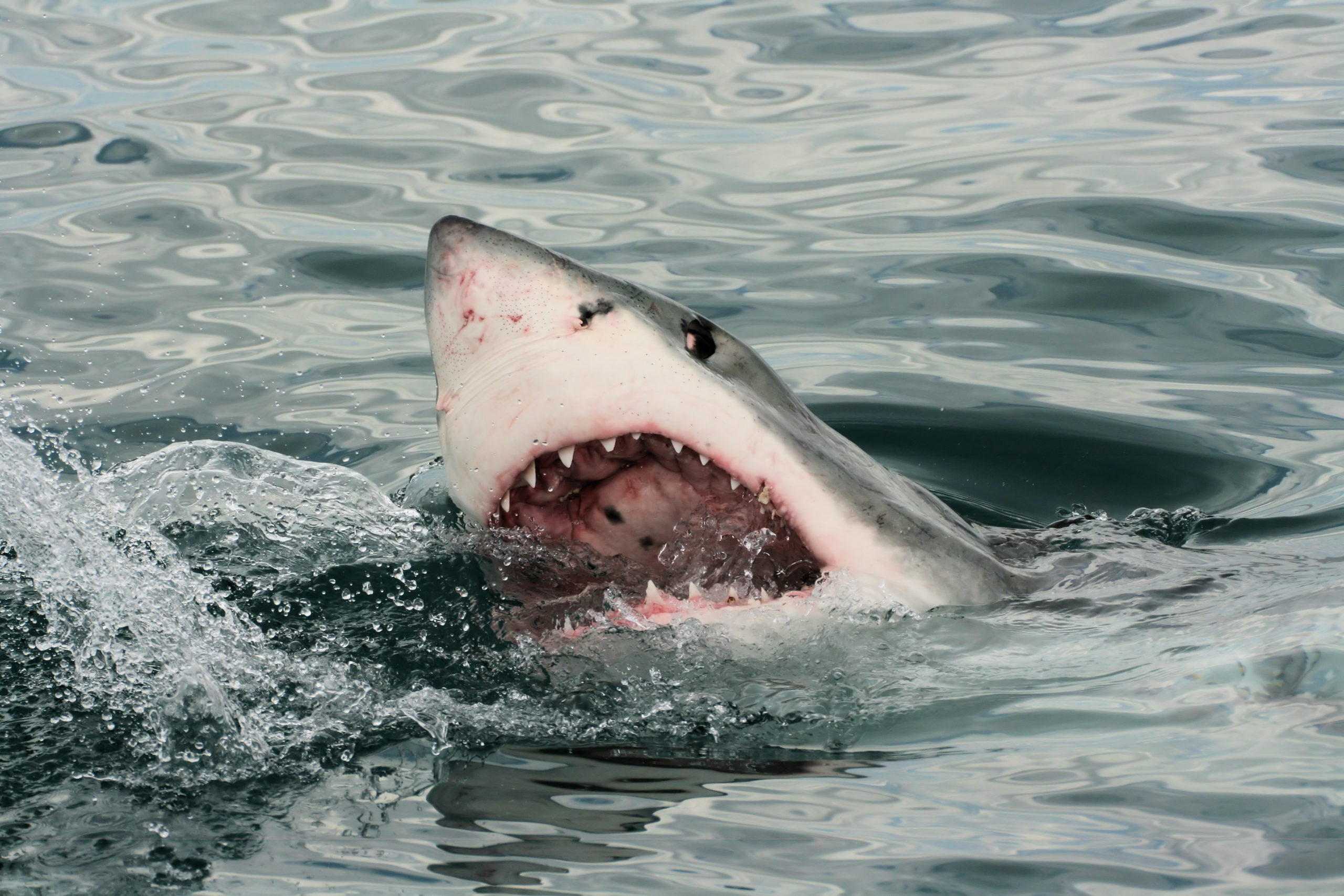
The June 1959 attack on 33-year-old Robert Pamperin is horrific because it's believed he was swallowed whole by a shark the size of "Jaws."
Pamperin and a friend, 30-year-old Gerald Lehrer were skin diving for abalone in the Pacific at La Jolla Cove, California when Lehrer heard his friend screaming on the surface. Biologists later determined from Lehrer's description that Pamperin was attacked by a massive great white. In fact, some estimates on the shark's size put it at between 20 and 23 feet in length.
Lehrer told authorities he dove in after his friend when he went under. Through his goggles, he saw Pamperin struggling while stuck in the shark's jaws up to his waist. The shark's mouth completely engulfed his feet and legs.
Believing there wasn't much he could do, Lehrer fled to shore. Authorities later searched, but never found Pamperin's body. A few days later one of Pamperin's swim fins washed ashore with clear bite marks on it. This makes the Pamperin attack one of the rare cases where a shark may have completely consumed a person.
For more outdoor content from Travis Smola, be sure to follow him on Twitter and check out his Geocaching and Outdoors with Travis YouTube channels.
NEXT: THE AXIS DEER AND HOW THEY'RE IMPACTING PARTS OF THE UNITED STATES
WATCH
